Home>Maintenance & Safety>Home Maintenance Checklists>How Big Is A 30 Gallon Trash Can


Home Maintenance Checklists
How Big Is A 30 Gallon Trash Can
Modified: February 26, 2024
Discover the perfect size for your 30-gallon trash can and keep your home organized with our home maintenance checklists. Simplify your cleaning routine today!
(Many of the links in this article redirect to a specific reviewed product. Your purchase of these products through affiliate links helps to generate commission for Storables.com, at no extra cost. Learn more)
Introduction
When it comes to managing waste and maintaining a clean living or work environment, having the right trash can is essential. The size of the trash can is a crucial factor to consider, as it directly impacts its capacity and functionality. In the world of waste management, the 30-gallon trash can stands out as a versatile and practical option for various settings.
Understanding the dimensions and capacity of a 30-gallon trash can is vital for making informed decisions about waste disposal. Whether you are a homeowner looking for a reliable solution for your household waste or a business owner seeking an efficient way to manage commercial trash, knowing the specifics of a 30-gallon trash can can significantly impact your waste management strategy.
In this comprehensive guide, we will delve into the dimensions, uses, and considerations associated with a 30-gallon trash can. By the end of this article, you will have a clear understanding of the practical aspects of this popular trash can size, empowering you to make informed choices that align with your waste management needs. Let's embark on this exploration to uncover the significance of a 30-gallon trash can and how it can serve as a valuable asset in maintaining cleanliness and organization in various environments.
Key Takeaways:
- The 30-gallon trash can is a versatile and durable waste management solution, ideal for homes, businesses, and events, offering ample capacity and practical features for efficient waste disposal.
- Understanding the dimensions and uses of a 30-gallon trash can empowers individuals and organizations to make informed choices, promoting cleanliness, organization, and environmental responsibility.
Read more: How Big Is A 20 Gallon Trash Can
Understanding Gallons
Before delving into the specifics of a 30-gallon trash can, it’s essential to grasp the concept of gallons and how they relate to waste management. In the realm of volume measurement, a gallon serves as a fundamental unit, particularly in the context of liquid and dry substances. The gallon, a unit of capacity in the U.S. customary and British imperial systems, plays a crucial role in determining the size and capacity of various containers, including trash cans.
One gallon is equivalent to approximately 3.785 liters, providing a practical reference point for understanding the volume of liquid or solid materials that a container can hold. When it comes to trash cans, the gallon measurement denotes the overall capacity of the container, indicating the amount of waste it can accommodate. This measurement is particularly useful for homeowners, businesses, and waste management professionals, as it offers a standardized way to assess the size and efficiency of trash cans.
Gallons are commonly used to quantify the capacity of various containers, ranging from small household jugs to large industrial drums. In the context of waste management, the gallon measurement enables individuals and organizations to select trash cans that align with their specific needs, whether for daily household waste, commercial garbage, or industrial debris.
Understanding the concept of gallons is integral to making informed decisions about trash can sizes, as it provides a clear indication of the container’s holding capacity. With this foundational knowledge, individuals can navigate the world of waste management with confidence, knowing how to assess the suitability of different trash can sizes based on their volume requirements.
Now that we have established the significance of gallons in the realm of waste management, let’s delve into the standard size and dimensions of a 30-gallon trash can to gain a deeper understanding of its practical implications and benefits.
Standard Size of a 30 Gallon Trash Can
When considering a 30-gallon trash can, it’s essential to visualize its size and dimensions to gauge its practicality and suitability for waste management needs. A standard 30-gallon trash can typically measures approximately 26 inches in height, 20 inches in width, and 22 inches in depth. These dimensions provide a spacious yet manageable container for holding a significant volume of waste, making it an ideal choice for both residential and commercial use.
The generous capacity of a 30-gallon trash can allows for efficient waste disposal while minimizing the frequency of emptying the container. This is particularly advantageous in high-traffic areas or settings with substantial waste generation, such as kitchens, offices, and outdoor spaces. Additionally, the moderate size of the 30-gallon trash can ensures that it can fit comfortably in various locations without occupying excessive space.
Many 30-gallon trash cans are designed with durability in mind, featuring robust materials such as high-density polyethylene (HDPE) or commercial-grade plastic. This construction not only ensures the longevity of the trash can but also enhances its resistance to wear and tear, making it suitable for both indoor and outdoor use.
Furthermore, some 30-gallon trash cans are equipped with convenient features such as attached lids, handles, and wheels, enhancing their maneuverability and usability. The addition of a secure lid helps contain odors and prevent pests, while integrated handles and wheels facilitate effortless transportation, especially when dealing with heavy or bulky waste.
Considering the standard size and dimensions of a 30-gallon trash can provides valuable insight into its practicality and functionality. Whether it’s used in residential kitchens, office spaces, or outdoor environments, the 30-gallon trash can offers a versatile and efficient solution for managing waste effectively.
Now that we have explored the standard size of a 30-gallon trash can, let’s delve into the common uses and applications of this versatile waste management container to understand its diverse functionality in various settings.
A 30 gallon trash can typically measures around 2 feet in height and 2 feet in diameter. When choosing a trash can, consider the dimensions to ensure it fits in your space.
Common Uses for a 30 Gallon Trash Can
The 30-gallon trash can serves as a versatile and practical waste management solution, catering to a wide range of applications in both residential and commercial settings. Its generous capacity and functional design make it an indispensable asset for maintaining cleanliness and organization in various environments.
Residential Settings: In households, the 30-gallon trash can proves invaluable for managing daily waste generated in kitchens, bathrooms, and outdoor areas. Its ample capacity accommodates a substantial volume of household trash, reducing the frequency of emptying and enhancing convenience for homeowners. Additionally, the 30-gallon trash can is well-suited for outdoor use, providing an efficient receptacle for yard waste, debris, and discarded items during outdoor activities and maintenance tasks.
Commercial Environments: Within commercial spaces such as offices, restaurants, and retail establishments, the 30-gallon trash can plays a pivotal role in waste management. Its size and capacity make it suitable for collecting general trash, recyclable materials, and packaging waste, contributing to a clean and organized workplace. The 30-gallon trash can is also commonly utilized in public areas, parks, and recreational facilities to facilitate proper waste disposal for visitors and patrons.
Construction and Industrial Sites: The 30-gallon trash can proves to be a practical asset in construction sites, workshops, and industrial facilities, where the disposal of debris, packaging materials, and discarded items is a regular requirement. Its durable construction and ample volume make it well-equipped to handle the demands of industrial waste management, contributing to a safer and more organized work environment.
Events and Gatherings: Whether it’s a community event, outdoor festival, or social gathering, the 30-gallon trash can serves as an essential component for waste containment and management. Its size and functionality make it suitable for accommodating the waste generated by event attendees, promoting cleanliness and environmental responsibility.
By catering to a diverse array of applications, the 30-gallon trash can emerges as a reliable and adaptable waste management solution, offering practicality and convenience across various settings and scenarios. Its role in maintaining cleanliness, organization, and waste containment is instrumental in promoting a sustainable and hygienic environment.
Having explored the common uses and applications of the 30-gallon trash can, it’s imperative to consider essential factors when choosing a trash can of this size. Let’s delve into the key considerations that can guide individuals and organizations in selecting the most suitable 30-gallon trash can for their specific needs.
Considerations When Choosing a 30 Gallon Trash Can
When selecting a 30-gallon trash can for residential, commercial, or industrial use, several crucial considerations come into play. These factors guide individuals and organizations in choosing a trash can that aligns with their waste management requirements and operational needs, ensuring optimal functionality and efficiency.
Material and Durability: The choice of material significantly impacts the durability and longevity of a 30-gallon trash can. High-density polyethylene (HDPE) and commercial-grade plastic are commonly preferred for their robustness and resistance to damage, corrosion, and harsh environmental conditions. When selecting a trash can, it’s essential to opt for a material that can withstand the intended usage environment, whether it’s indoors, outdoors, or in industrial settings.
Features and Accessibility: Consider the practical features that enhance the usability of the 30-gallon trash can. This may include integrated handles for easy lifting and transportation, attached lids to contain odors and prevent pests, and wheels for effortless maneuverability, especially when dealing with heavy or bulky waste. These features contribute to the overall convenience and functionality of the trash can, making waste management tasks more efficient.
Compatibility with Liners and Bags: Assess the compatibility of the 30-gallon trash can with standard liners and garbage bags. A well-designed trash can should accommodate liners of appropriate size and thickness, ensuring a secure fit that prevents leaks and minimizes the risk of tearing or puncturing, particularly when disposing of sharp or heavy waste.
Space and Placement: Evaluate the available space and intended placement for the 30-gallon trash can. Whether it’s positioned in a kitchen, office, outdoor area, or industrial facility, the dimensions of the trash can should complement the designated space while allowing for convenient access and waste disposal. Additionally, consider the potential need for multiple trash cans in different locations to optimize waste management efficiency.
Regulatory Compliance and Standards: In certain commercial or industrial settings, adherence to regulatory guidelines and standards for waste management is imperative. When choosing a 30-gallon trash can for such environments, ensure that it meets the necessary compliance requirements and industry-specific standards, particularly in sectors where waste segregation, recycling initiatives, or hazardous waste containment are integral.
Aesthetic and Environmental Considerations: While functionality is paramount, the visual appeal and environmental impact of the 30-gallon trash can should also be taken into account. Opt for a design and color that complements the surroundings, whether it’s a residential kitchen, office space, or public area. Additionally, consider the recyclability and eco-friendliness of the materials used in the construction of the trash can, aligning with sustainability initiatives and environmental consciousness.
By carefully considering these factors, individuals and organizations can make informed decisions when selecting a 30-gallon trash can that best suits their waste management needs. These considerations contribute to the efficiency, practicality, and sustainability of waste containment and disposal, ultimately fostering a cleaner and more organized environment.
With a comprehensive understanding of the dimensions, uses, and considerations associated with a 30-gallon trash can, individuals and organizations are empowered to make informed choices that align with their waste management needs. Whether it’s for residential, commercial, or industrial applications, the 30-gallon trash can stands as a versatile and indispensable asset in maintaining cleanliness and organization in diverse settings.
Read more: How Big Is A 96 Gallon Trash Can
Conclusion
In the realm of waste management, the 30-gallon trash can emerges as a practical and versatile solution for containing and disposing of various types of waste. Its ample capacity, functional design, and adaptability make it a valuable asset in residential, commercial, and industrial settings, contributing to cleanliness, organization, and environmental responsibility.
By understanding the standard size and dimensions of a 30-gallon trash can, individuals and organizations gain valuable insights into its practicality and suitability for specific waste management needs. Whether it’s used in a residential kitchen, office space, construction site, or public event, the 30-gallon trash can offers a reliable and efficient receptacle for containing and managing waste effectively.
Exploring the common uses and applications of the 30-gallon trash can underscores its diverse functionality, catering to a wide range of waste disposal requirements in different environments. From daily household waste to industrial debris, the 30-gallon trash can plays a pivotal role in maintaining cleanliness and order, contributing to a healthier and more organized living and working environment.
When choosing a 30-gallon trash can, essential considerations such as material durability, practical features, compatibility with liners, and regulatory compliance guide individuals and organizations in making informed decisions that optimize waste management efficiency. These considerations ensure that the selected trash can aligns with specific operational needs, environmental considerations, and regulatory requirements, ultimately contributing to sustainable waste containment and disposal practices.
With a comprehensive understanding of the dimensions, uses, and considerations associated with a 30-gallon trash can, individuals and organizations are empowered to make informed choices that align with their waste management needs. Whether it’s for residential, commercial, or industrial applications, the 30-gallon trash can stands as a versatile and indispensable asset in maintaining cleanliness and organization in diverse settings.
As we navigate the complexities of waste management and environmental sustainability, the 30-gallon trash can serves as a tangible and practical tool in promoting cleanliness, waste containment, and responsible disposal practices. Its role in enhancing living and working environments underscores its significance as a fundamental component of efficient and conscientious waste management.
With its capacity to accommodate a substantial volume of waste, its durable and functional design, and its adaptability to various settings, the 30-gallon trash can stands as a testament to the importance of practical and efficient waste containment solutions in fostering cleaner, healthier, and more organized spaces for individuals and communities alike.
Frequently Asked Questions about How Big Is A 30 Gallon Trash Can
Was this page helpful?
At Storables.com, we guarantee accurate and reliable information. Our content, validated by Expert Board Contributors, is crafted following stringent Editorial Policies. We're committed to providing you with well-researched, expert-backed insights for all your informational needs.
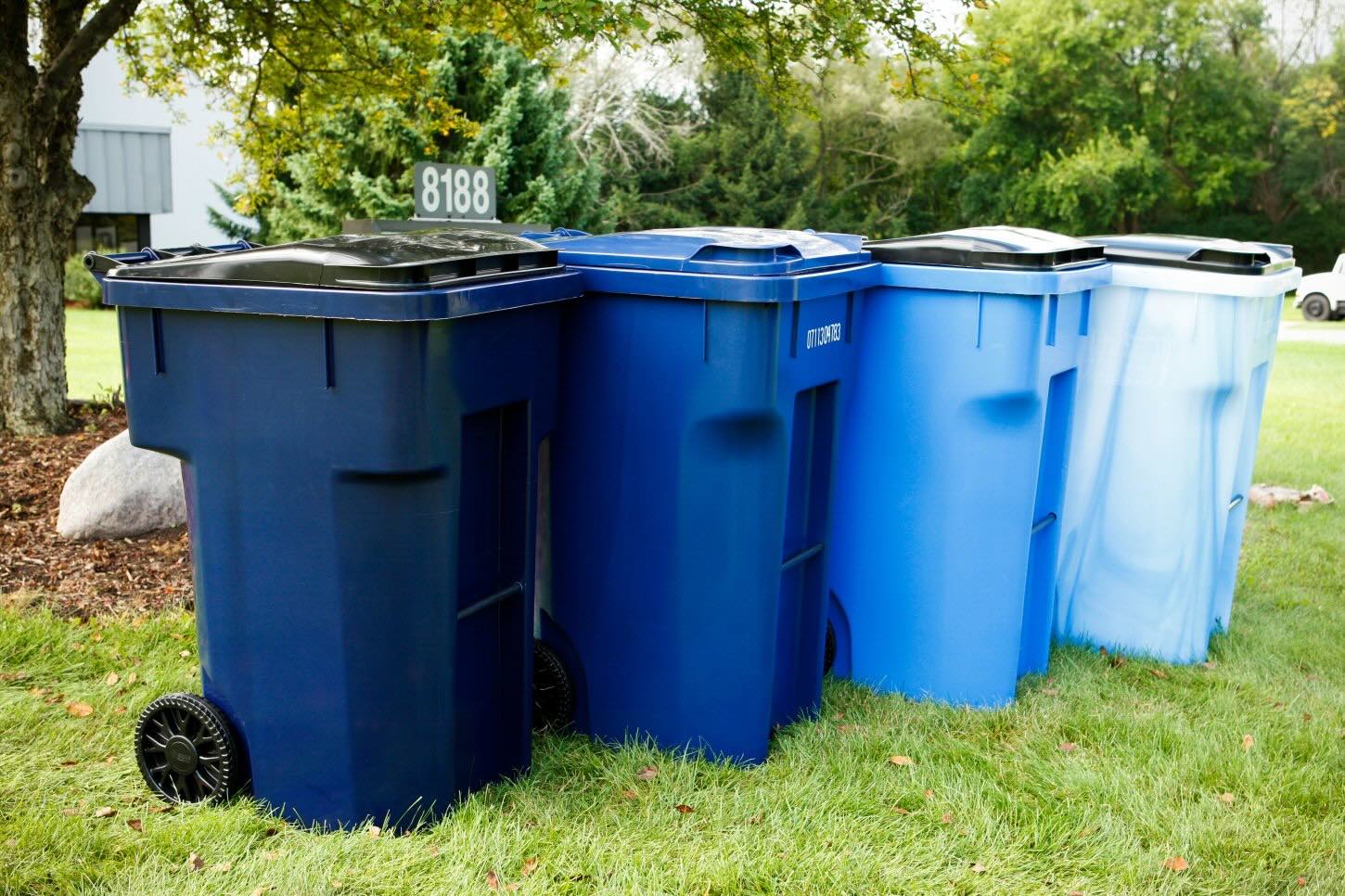
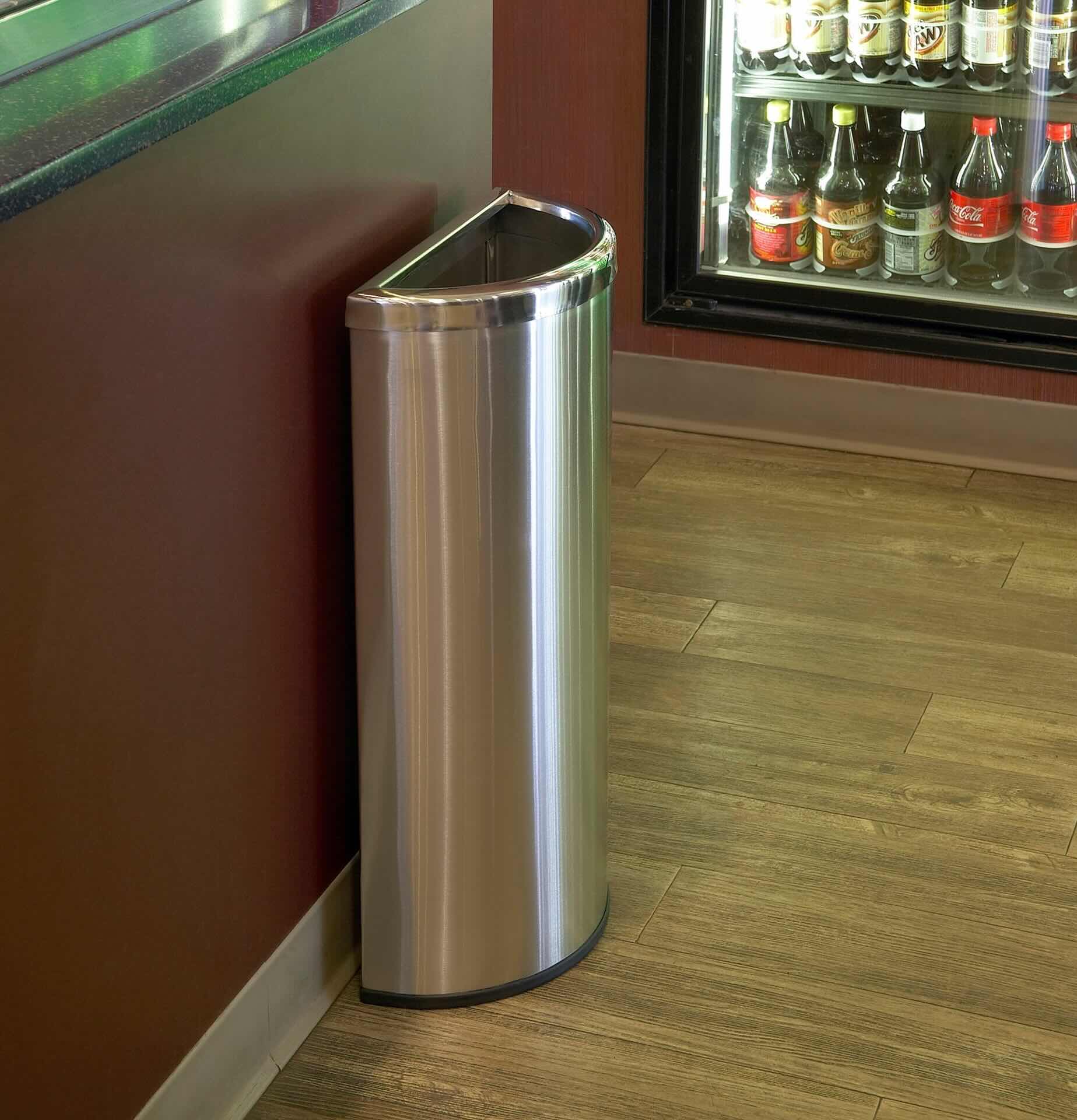
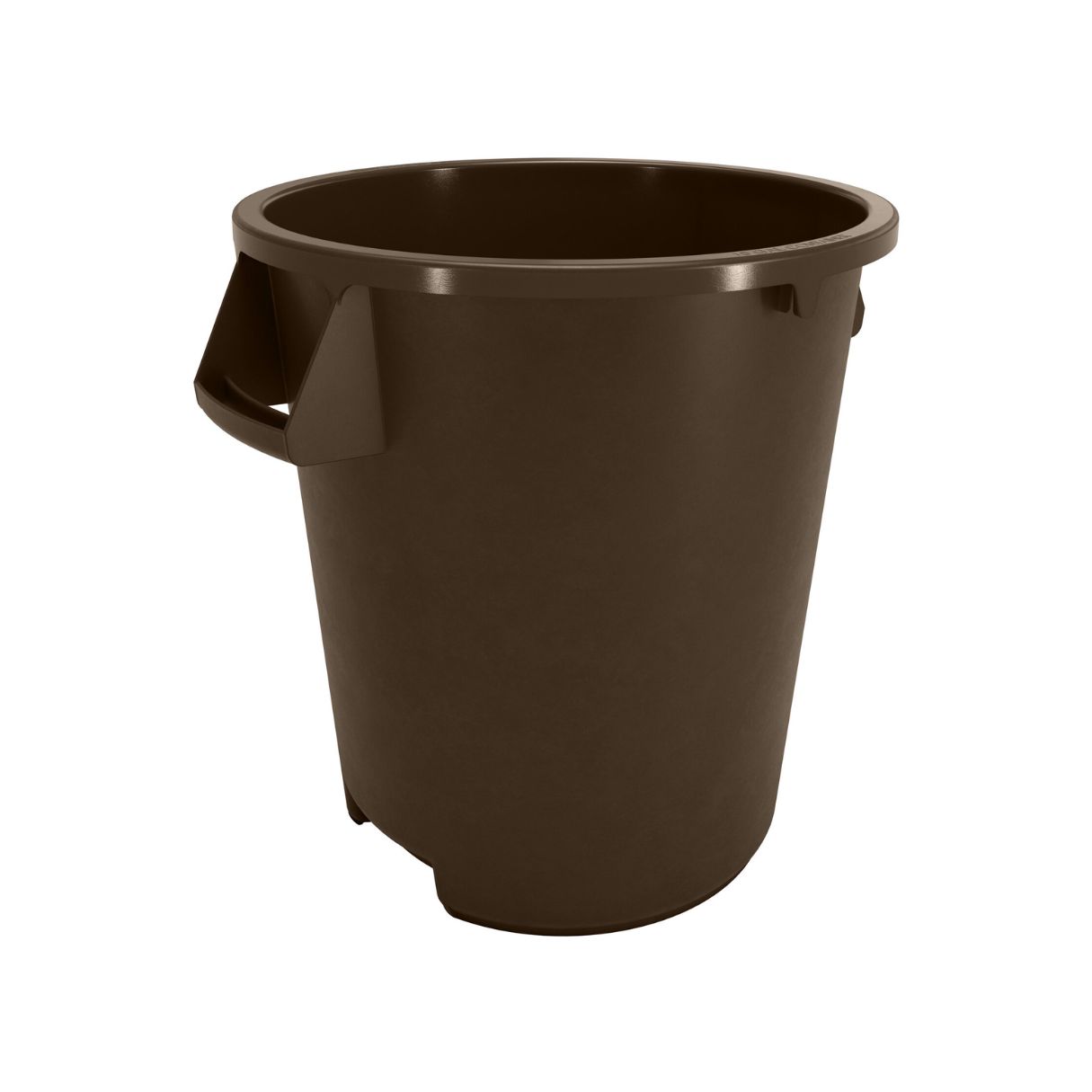
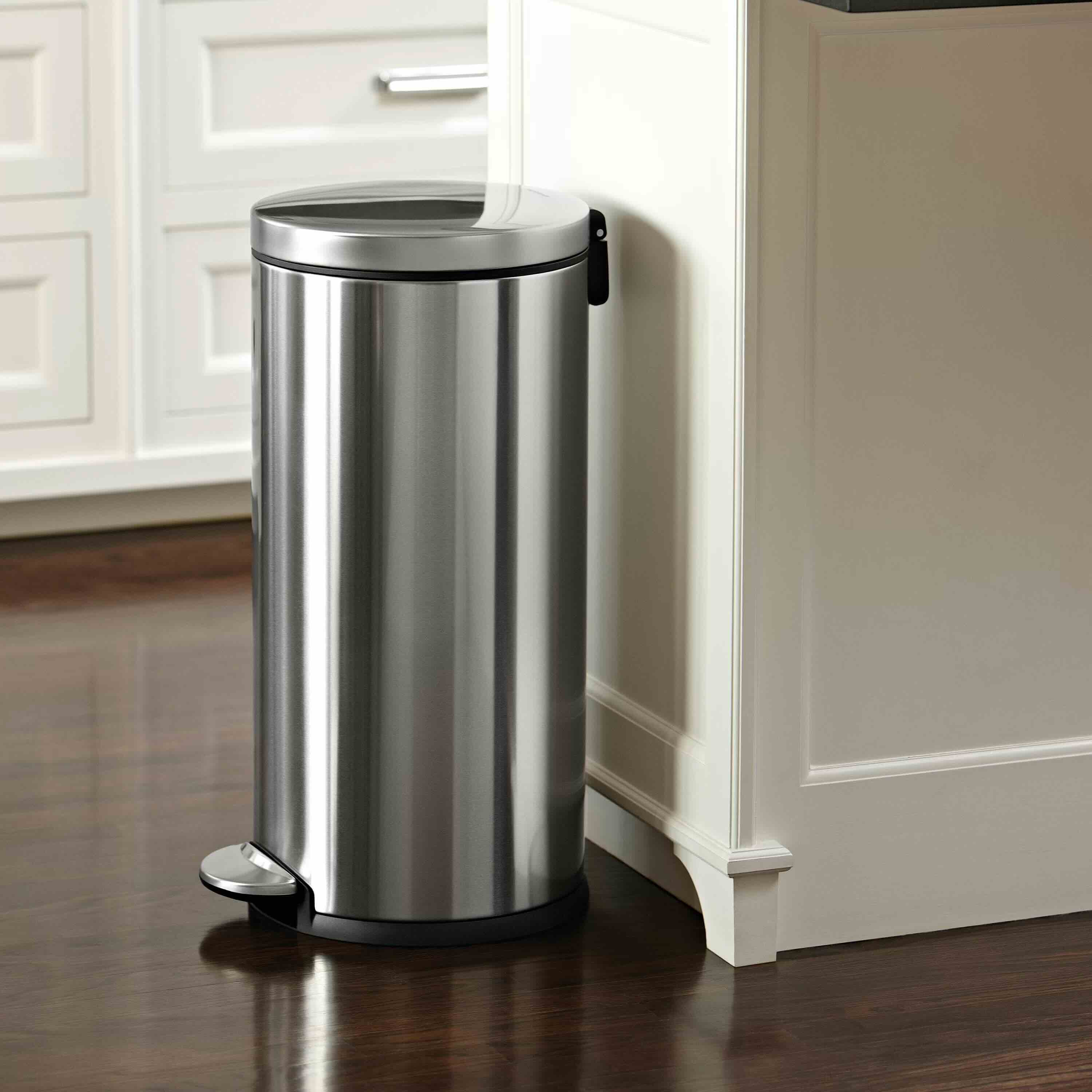

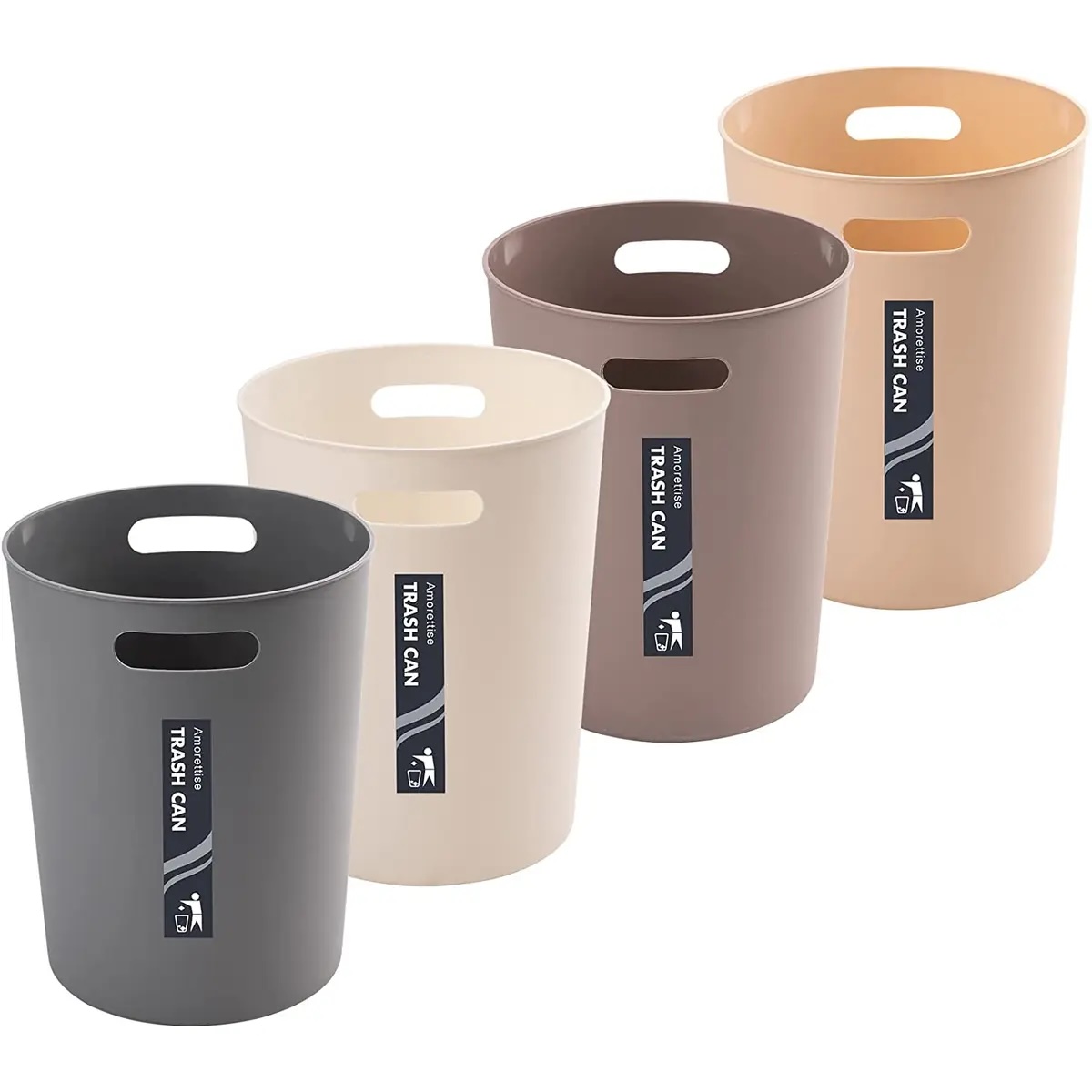
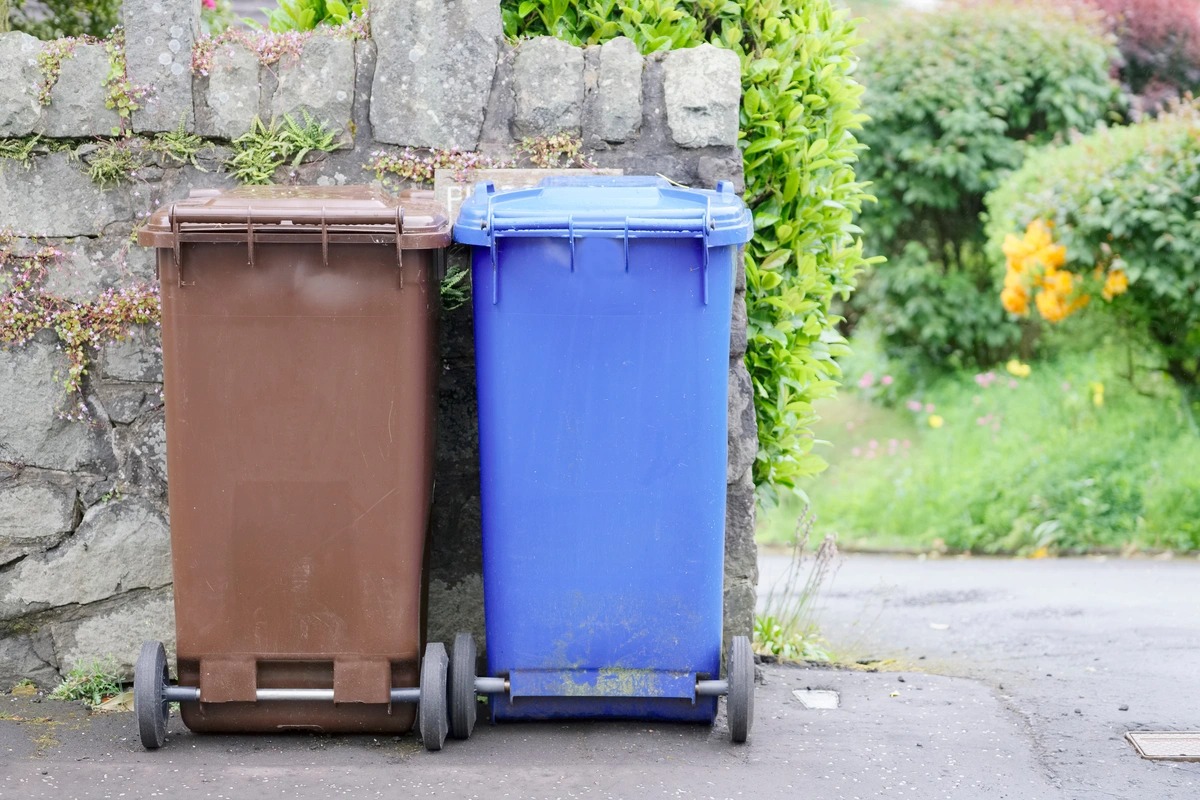
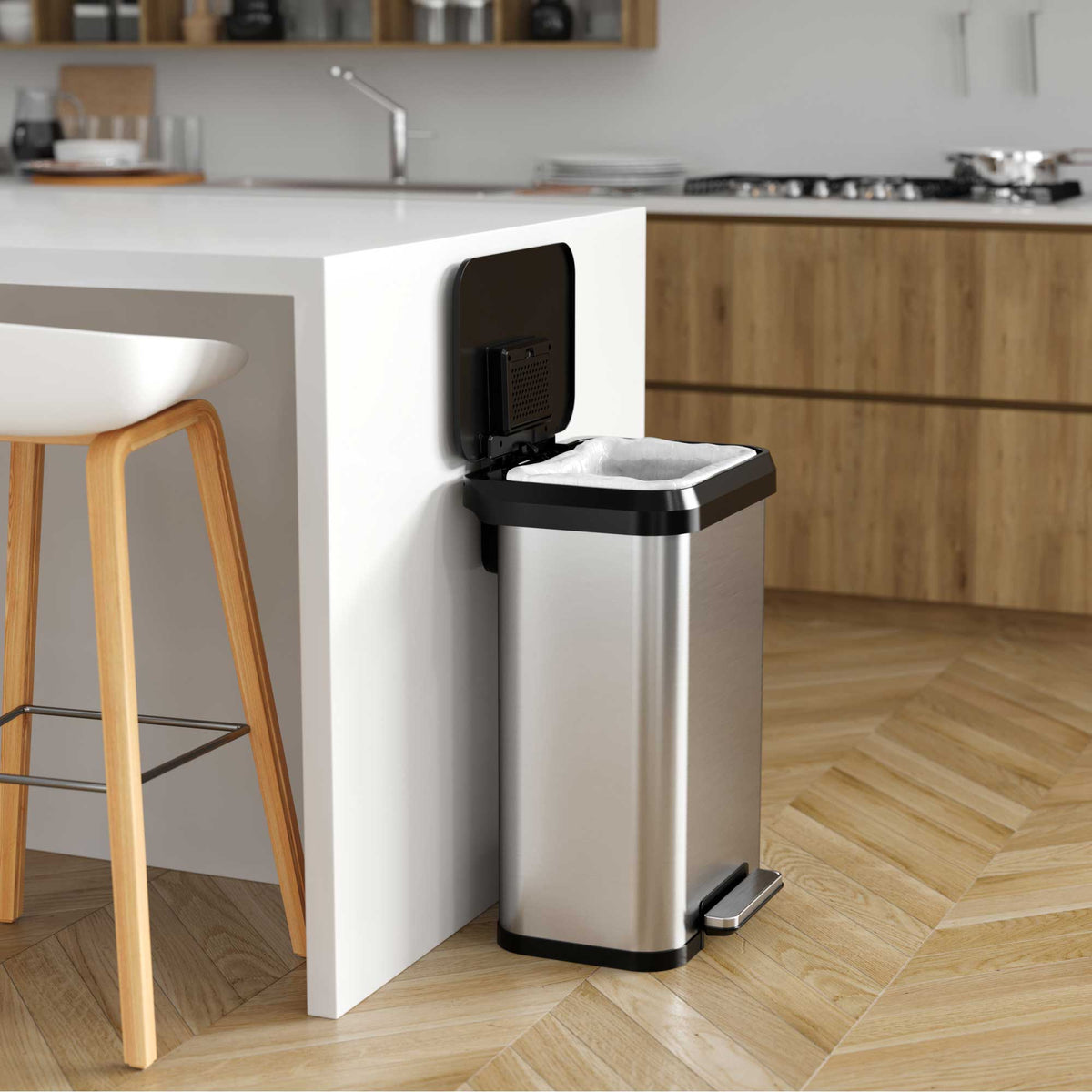
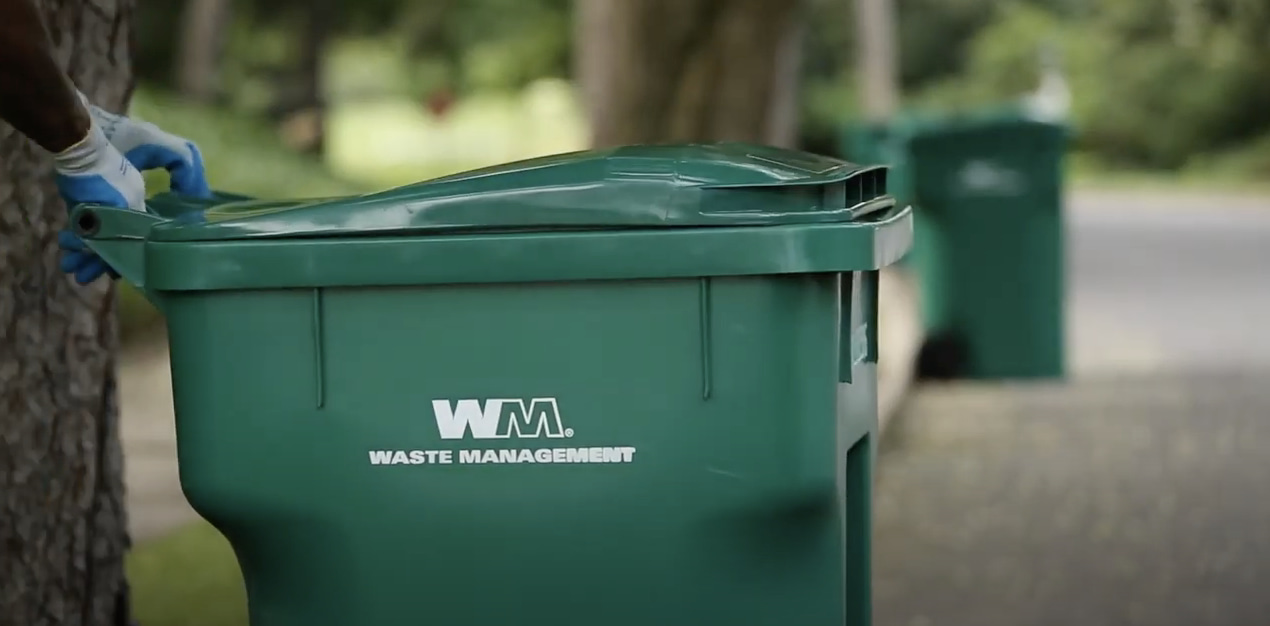
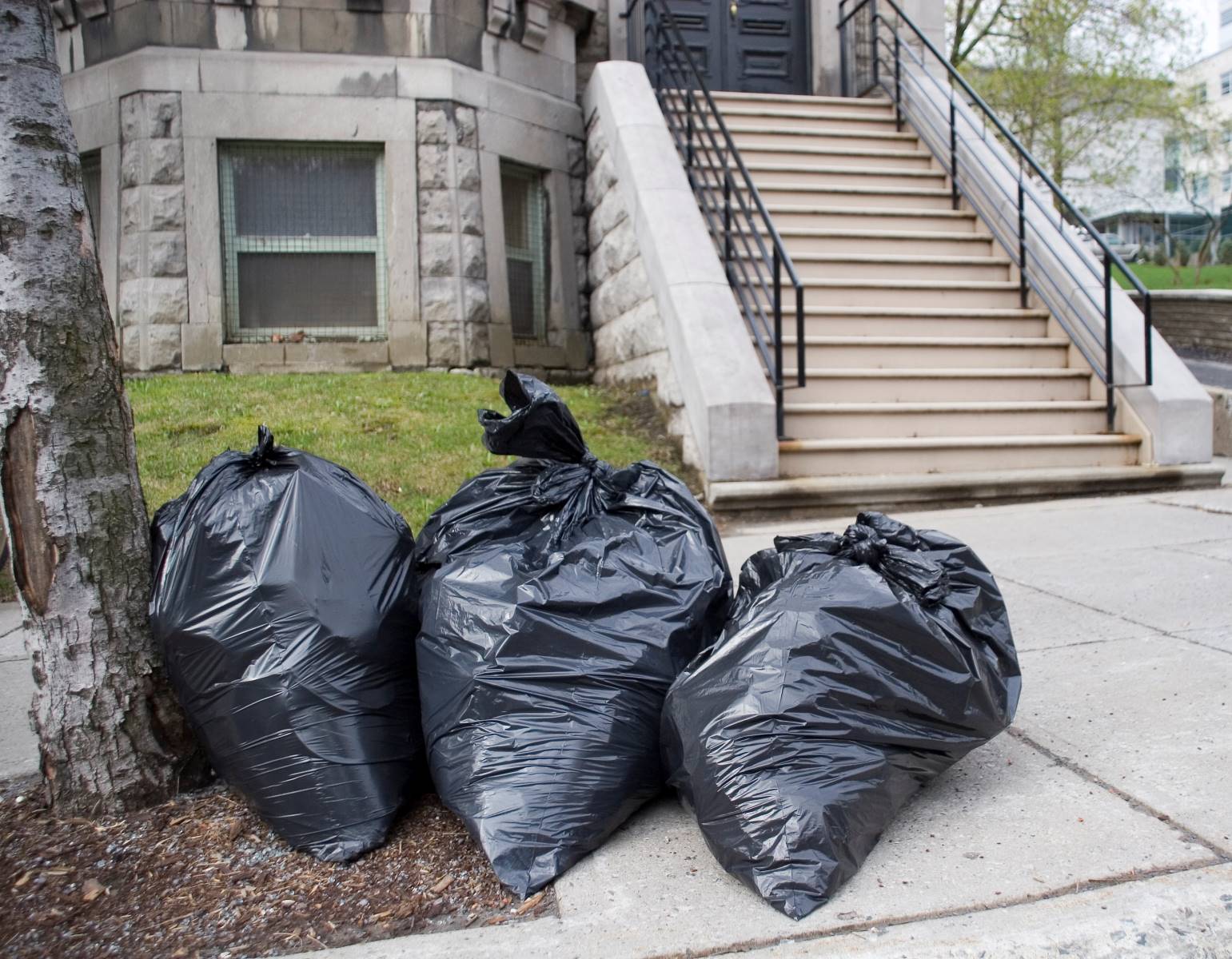
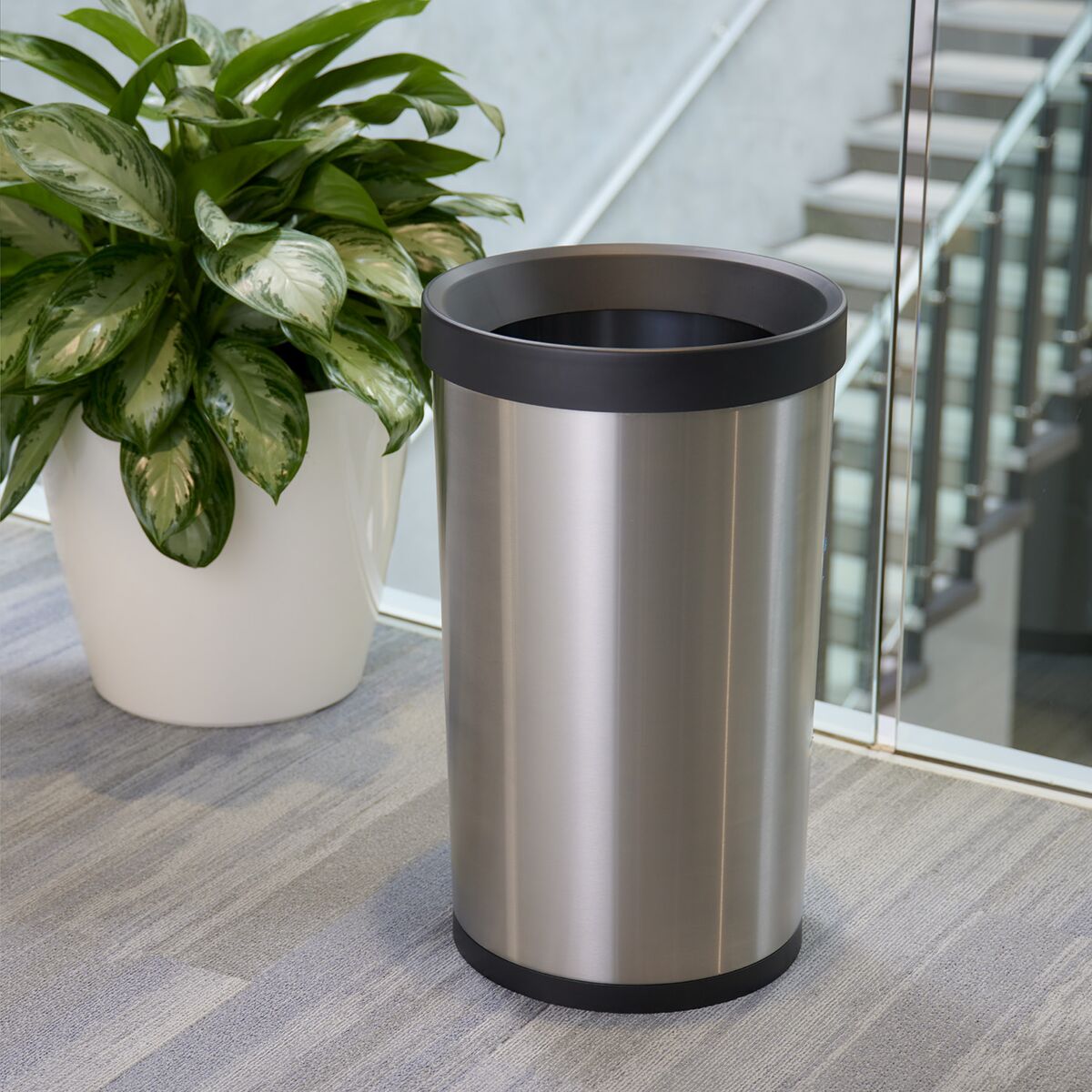
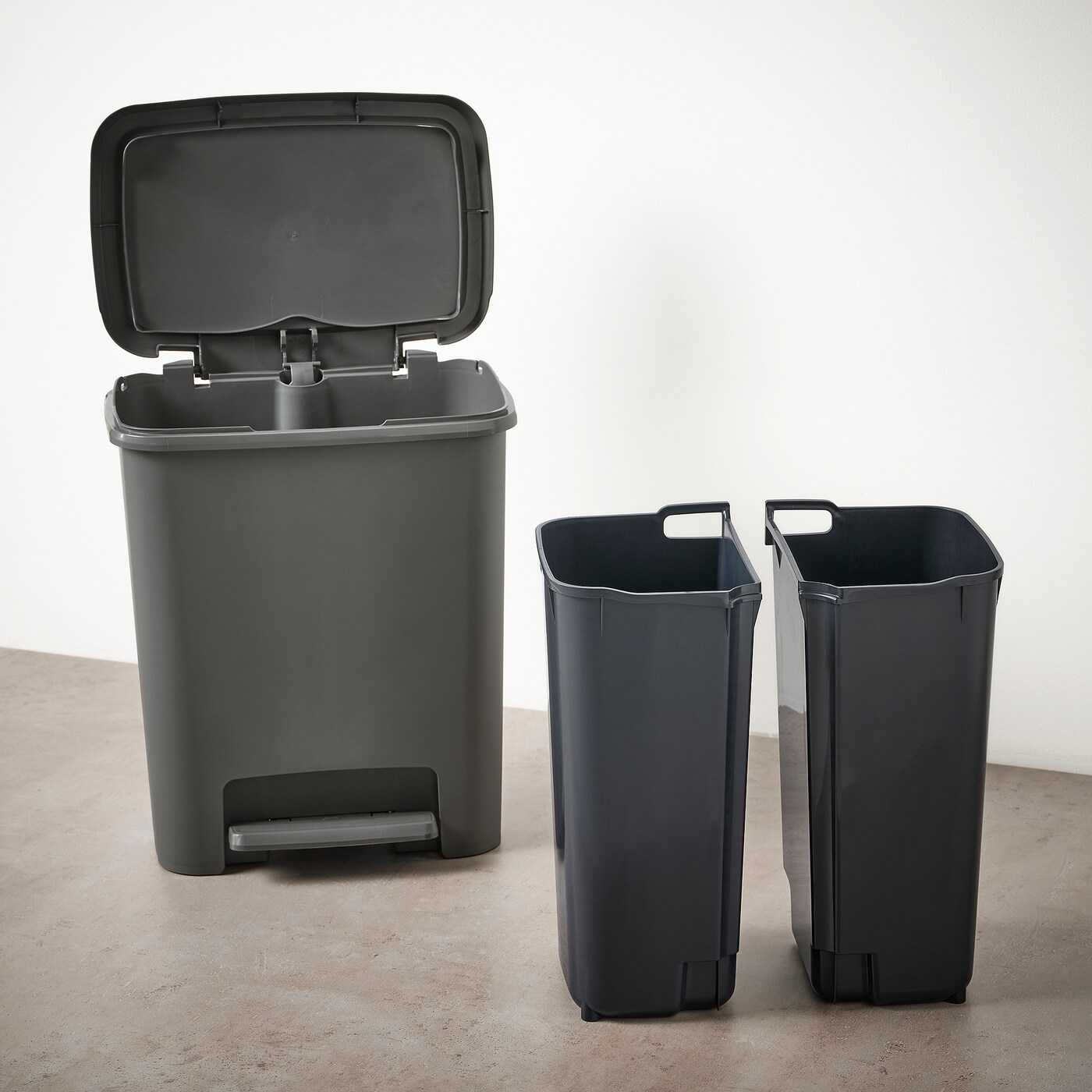
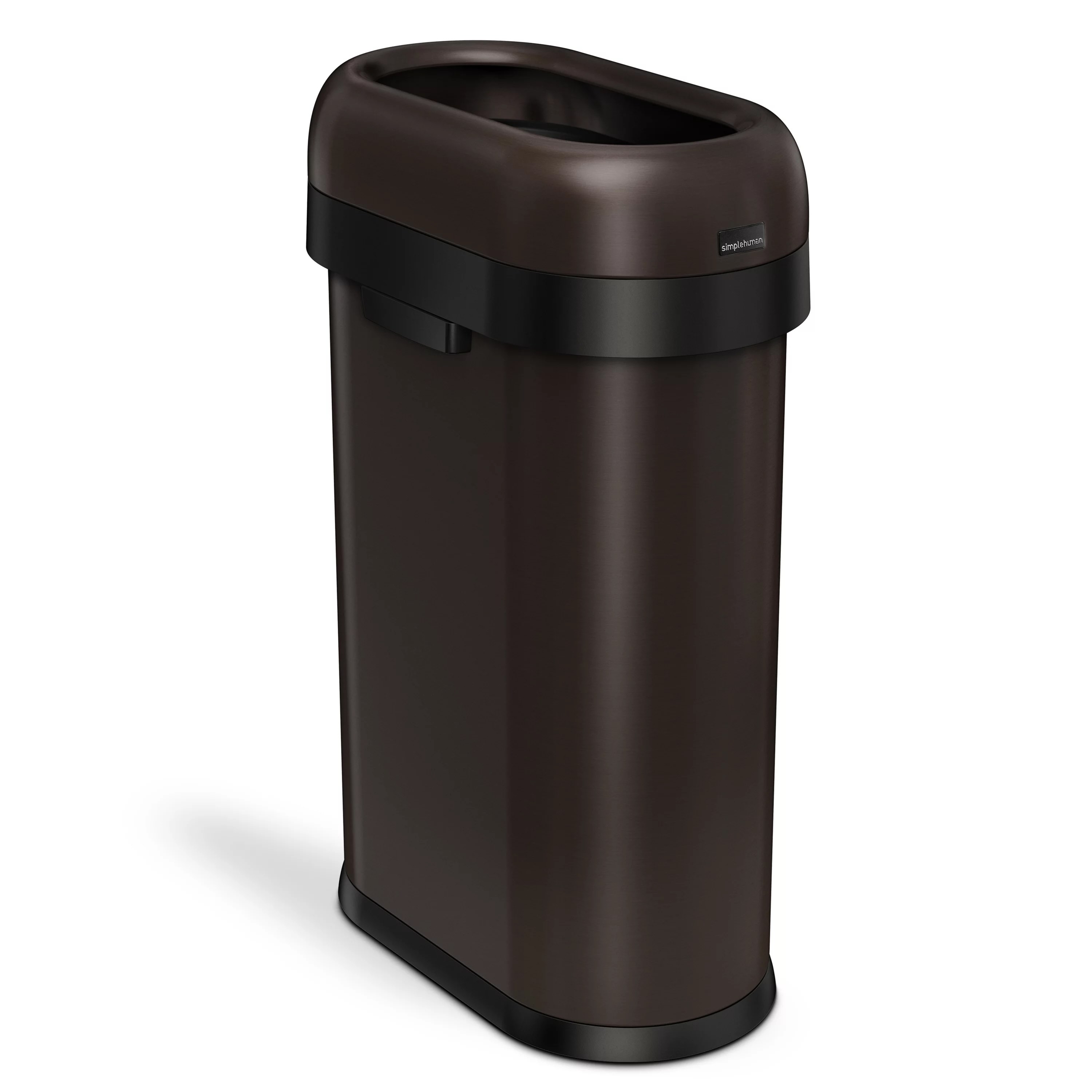
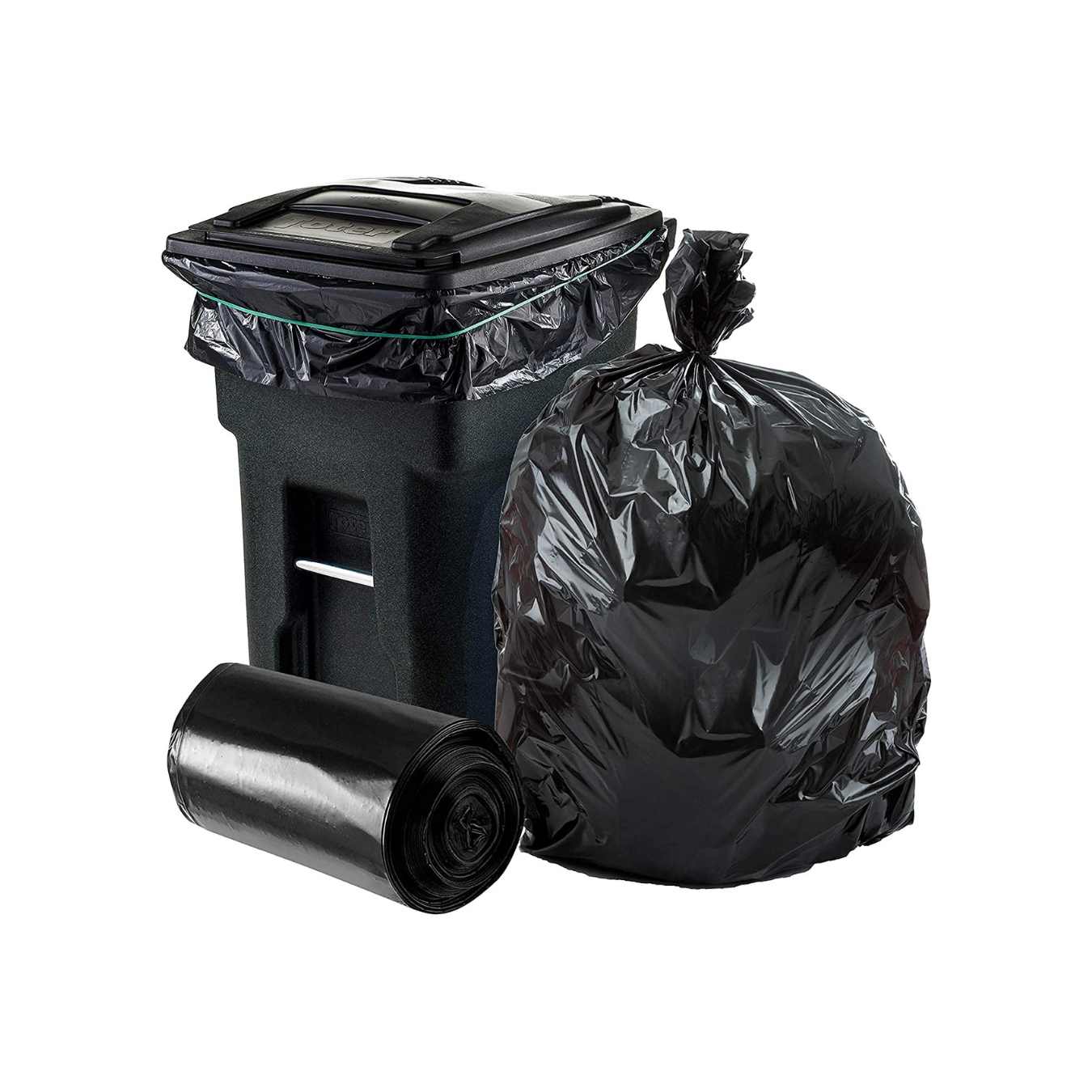

0 thoughts on “How Big Is A 30 Gallon Trash Can”